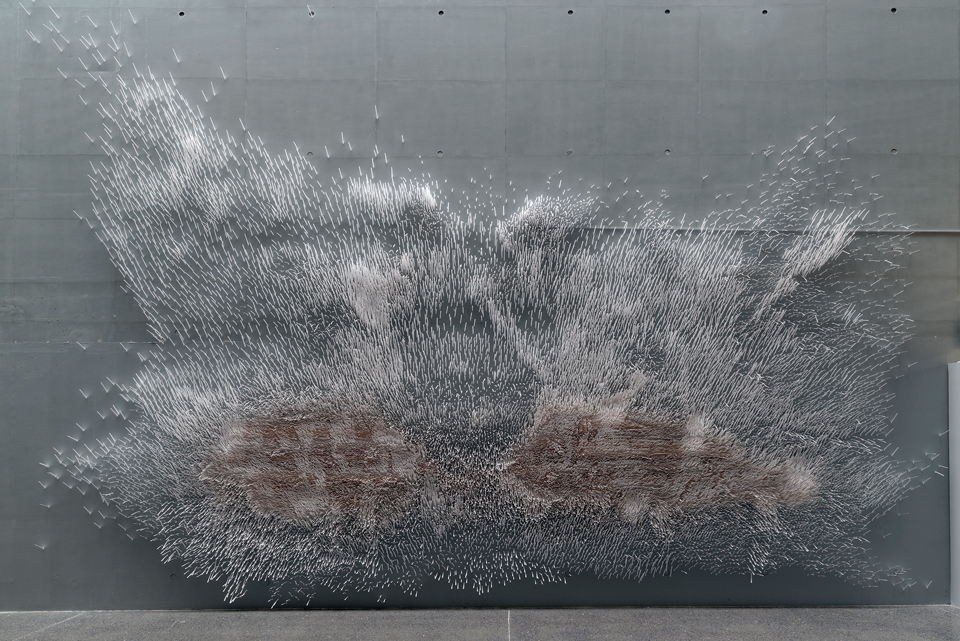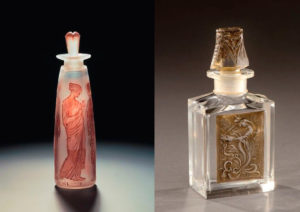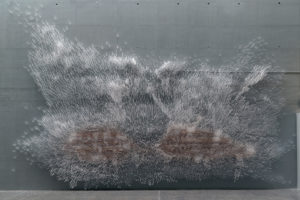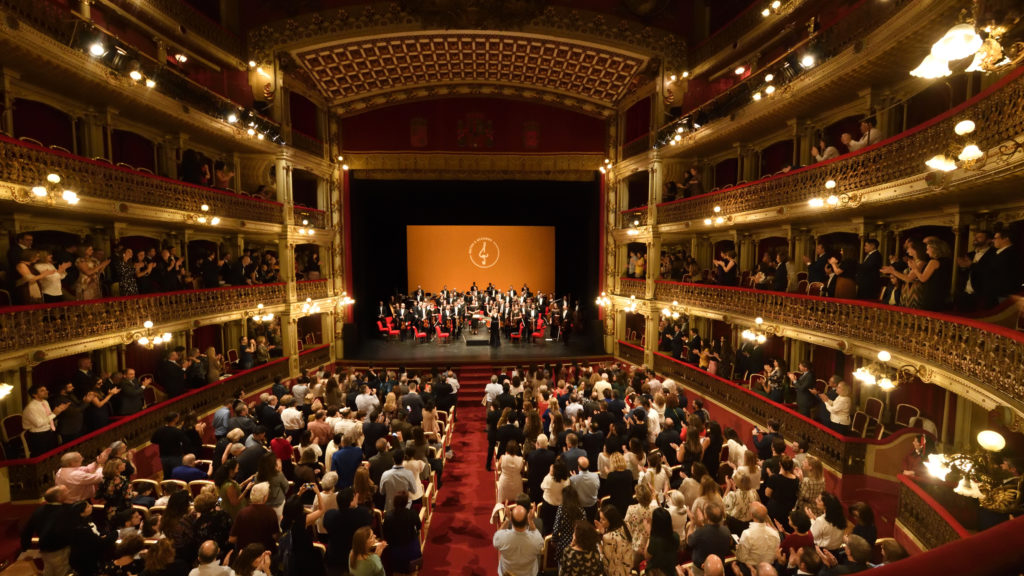When Art and Fragrances Join Forces

Fragrance composition is a form of artistic expression: “Just like painters express themselves through shapes and colours, perfumers use olfactory notes to compose a fragrance”. That’s how Luz Vaquero, head perfumer at Iberchem, described the connection between art and perfume in an interview she gave a few months ago.
Since the inception of modern perfumery in the early twentieth century, the universe of perfumes and other artistic disciplines, such as sculpting or the visual arts, have often been combined.
René Lalique, the precursor

A notable example would be master sculptor and jeweller René Lalique, who worked with fragrance industry leader Coty to design glass bottles for their perfumes. He would turn perfume bottles into unique pieces of art, many of which are now kept in museums.
Another great example of a mix between art and perfume comes from twentieth-century Pop Art icon Andy Warhol. In the 1980s, he immortalised one of the most famous perfumes in the history of modern fragrance – Chanel Nº 5 – on a series of coloured lithographs.
Perfume and Museums
In 2019, the Louvre Museum in the first arrondissement of Paris also invited the world of perfume to join its collection. As part of a special project in collaboration with the Officine universelle Buly, eight perfumers chose their favourite artwork from the gallery and created a perfume to represent that work. One of the eight pieces chosen was the famous sculpture of the Venus de Milo (Greece, 130 BC), for which fragrance expert Jean-Christophe Hérault created a very fresh aroma with floral notes combined with sweeter and more carnal ones.
Equally, in recent years more and more fragrance brands have called on famous artists to enhance their creations and launch visually appealing products in line with design trends. For example, Swedish graffiti artist André Saraiva created a special, limited-edition design for two of Jean Paul Gaultier’s most famous fragrances: Classique and Le Mâle.
Canada-based Chinese artist Ben Liu has also collaborated with major fashion and fragrance brands to do live customisations of their packaging, much to the delight of shoppers.
Julie C. Fortier (below) is another good example of a contemporary visual artist to have explored the world of fragrances. Not only does she make use of the sense of smell in her work, but she also works with common items used by perfumers, such as smelling strips. In “La Chasse” (2014), a 6m x 7m installation, she used 80,000 blotters and three different fragrances to evoke a meadow or fur.

La chasse (2014) / Photo: Aurélien Mole
Iberchem, Art and Fragrances
Iberchem has also connected the world of fragrances and the world of the arts. In 2019, to celebrate the opening of our new R&D centre in Spain, we organised an olfactory concert where the audience was invited to travel around the world through scents and music. Each piece of music (eight in total) represented a country and was paired with a unique fragrance created by Iberchem’s perfumers using that country’s most characteristic notes.

We have taken this combination of art and fragrance one step further in our latest big creative project: adding an olfactory dimension to the architectural design of the Spain Pavilion at the Expo 2020 in Dubai. This is a truly inspiring challenge for the Iberchem team, and we are currently working on creating the scents that best represent Spain for this unique sensory experience.
